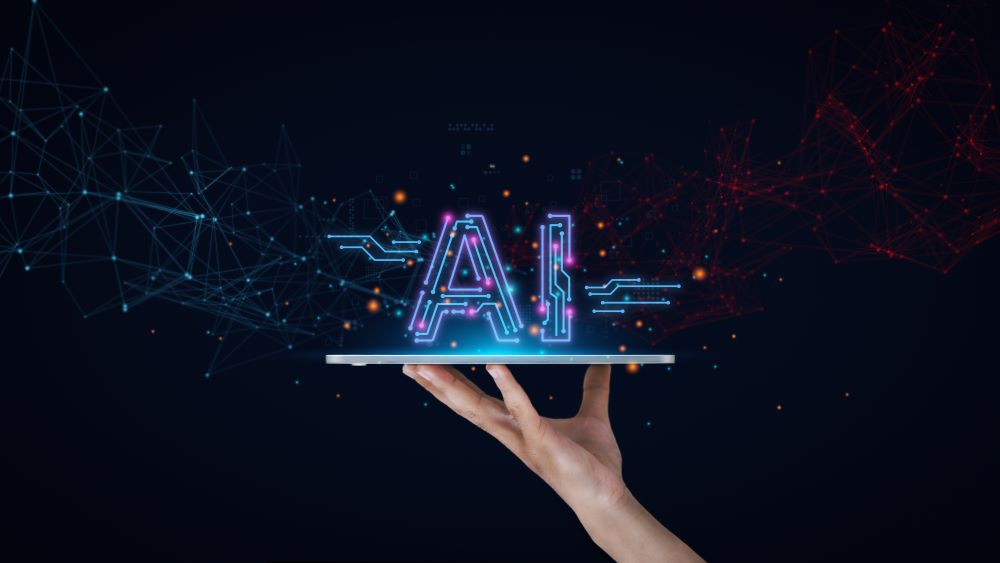AutogenAI’s Glossary of AI Terms

Artificial Intelligence (AI) can feel like a complex world of buzzwords, but it doesn’t have to be. This glossary breaks down key AI terms in simple language, helping you understand what they mean and how they relate to each other. Whether you’re looking to get familiar with concepts like machine learning or curious about how AI systems work, this guide has you covered.
| AI Models | An AI model is a computer software program that has been trained to recognize patterns and make decisions based on data. Think of it like a recipe. The more specific and diverse the ingredients (data), the better the model can “cook up” predictions or decisions. For example, an AI model trained on pictures of cats and dogs can identify whether a new picture shows a cat or a dog. |
| AI System | This is a complete setup in which various AI models and tools work together to process data, make decisions, and perform tasks. Imagine an AI system as a team of experts, each with their own skills, all working together to solve a problem, like a team of doctors working to diagnose a patient or a team of writers and subject matter experts working to create a winning proposal. |
| Artificial Intelligence (AI) | AI is a field of technology focused on creating systems that can perform tasks that would normally require human intelligence. This includes things like problem-solving, decision-making, and language understanding. If you’ve used a voice assistant like Siri or Alexa, you’ve interacted with AI. |
| Fine Tuning | Fine tuning is the process of making small adjustments to an AI model after it has been trained. It’s like tweaking a recipe to get the flavor just right, ensuring the model performs even better for a specific task, like recognizing medical images or translating languages. |
| Generate Human-Like Text | This refers to AI’s ability to write or speak in a way that mimics human language. It’s not just about stringing words together but doing so in a way that sounds natural and contextually appropriate. For example, customer service chatbots can respond to questions and requests very much like a human would. |
| Generative AI | Generative AI creates new content, whether it’s text, images, or even music, by taking inspiration from existing works to create something new. When you ask an AI to write a story or draw a picture, you’re interacting with generative AI. |
| Human Brain | The human brain is often compared to AI systems because both process information and learn from it. However, AI doesn’t think like humans. While the human brain is a complex network of neurons that learns from experiences, AI systems are based on algorithms and models that learn from data. |
| Image Recognition | Image recognition is the ability of an AI to identify and categorize objects within an image. It’s used in things like facial recognition technology or identifying products in online stores. For example, an AI that recognizes fruits could identify whether a picture shows an apple or a banana, whereas an AI that monitors traffic could distinguish between cars, trucks, and motorcycles. |
| Input Data | Input data is the information fed into an AI model that it must process and learn from. It’s similar to requiring ingredients before cooking a meal. Without the right ingredients (data), the meal (or prediction) won’t turn out as expected. |
| Interdisciplinary Field | AI is an interdisciplinary field, meaning it draws on knowledge from many different areas like computer science, mathematics, psychology, and linguistics. It’s like building a team of specialists from different fields to solve a complex problem. |
| Large Amounts | In AI, “large amounts” refers to the vast quantities of data used to train models. The more data, the better the model can learn. For example, an AI that can recognize different species of animals might need to be trained on millions of images to get it right. Some of the larger models created for general use are trained on datasets that include trillions of data points, if not more. |
| Large Language Model (LLM) | A large language model is a type of AI that can generate human-like text in response to queries, or “prompts,” asked by the user. The model has been trained using vast amounts of text from books, websites, and other sources. These models can be created for general use, such as ChatGPT, or be industry- or task-specific, such as models tailored for use by law, accounting, medical, or financial practitioners. |
| Learning Process | The learning process refers to how AI models improve over time. The model starts with little to no knowledge and learns from the data provided, gradually becoming more accurate in its predictions. This is similar to how humans improve skills by practicing or being repeatedly exposed to similar information or experiences. |
| Machine Learning Algorithms | Machine learning algorithms are the specific rules and processes that AI systems use to learn from data. These algorithms help the system find patterns in the data, which allows it to make predictions or decisions. It’s like a set of instructions guiding the AI to get better at its job over time. |
| Model Learns | A model learns by using data to improve its ability to make predictions or decisions. This process is similar to how a student learns from practice and feedback. For example, a model might learn to recognize a specific type of fruit by being shown thousands of images labeled with the correct fruit name. |
| Natural Language Processing (NLP) | NLP is a branch of AI focused on understanding and processing human language. It enables computers to read, interpret, and respond to text or speech in ways that feel natural. When you ask your phone’s assistant a question, NLP is working behind the scenes to understand your words and craft an appropriate response. |
| Pre-Trained | Before an AI model is assigned a specific task, it must first learn general patterns from a large, mixed dataset. For instance, it might need to know how to recognize shapes, sounds, or sentence structure. Later, it will use that basic knowledge to handle more focused tasks quickly and accurately, without needing to learn everything from scratch. |
| Supervised Learning | In supervised learning, the model learns from data that has already been labeled. It’s like a teacher guiding a student through an exercise. For example, an AI might be shown a set of images labeled with the correct name (e.g., “dog,” “cat”) and then learn to identify these images on its own. |
| Training Data | Training data is the information used to teach an AI model. The better the data, the better the model will learn. It’s like teaching a child by showing them lots of examples. If you want the child to recognize animals, you show them pictures and tell them what each one is, over and over. |
| Unsupervised Learning | Unsupervised learning is a type of machine learning in which the model learns from data without being given specific instructions. It’s like a person figuring something out on their own by observing patterns. For example, an AI might learn to group customer reviews based on words and phrases without being told exactly which terms it should track. |
Ready to put AI to work for your proposals? Book a demo with AutogenAI today.
August 18, 2025


